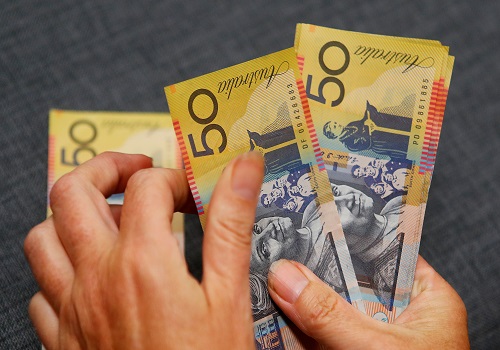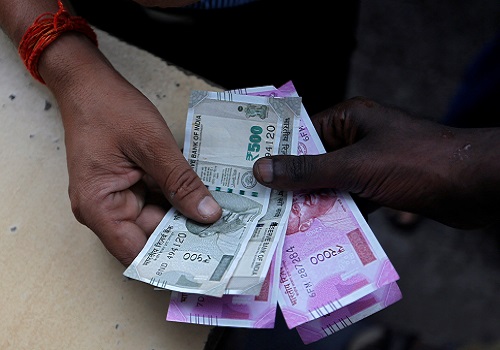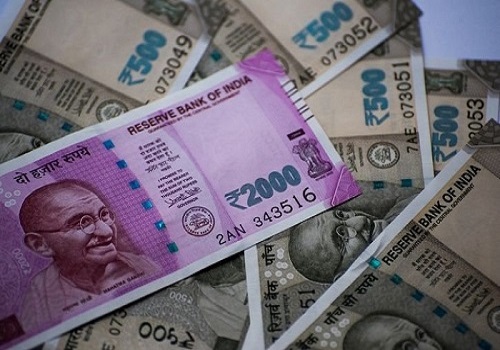Commodity currencies bounce back but sentiment remains fragile

Follow us Now on Telegram ! Get daily 10 - 12 important updates on Business, Finance and Investment. Join our Telegram Channel
LONDON - Commodity currencies Norwegian crown and the Australian dollar recovered some ground on Tuesday after hitting their lowest levels in nearly two years against the U.S. dollar, tracking a rebound in European and Chinese stock markets.
But traders said sentiment remained fragile and was keeping the safe haven dollar near a 20-year high, while risk aversion kept the euro flat.
Commodity currencies fell overnight to multiple-year lows and oil prices fell more than 1%, hurt by fears of recession and an economic slowdown in China, the top oil importer, before trimming some of those declines.
The Norwegian crown rose 0.5% to 9.6635 crowns per dollar, after falling to its lowest since June 2020.
The Australian and Canadian dollars both edged higher, after falling to their weakest since 2020.
"Commodity currencies have a high correlation with swings in market risk sentiment, and followed both yesterday’s equity sell-off lower and today’s recovery in European stocks higher," said Francesco Pesole, FX strategist at ING.
European stocks bounced back after a sharp selloff on Monday, and China stocks also rebounded on Beijing's vows to support its struggling economy, with signs of bargain hunting in both markets. [.EU]
There is possibly a slight shift in sentiment towards China, said Neil Jones, head of FX sales at Mizuho.
"If you are trading commodity currencies... you really need to focus heavily upon the performance in that region," he said.
Any further recovery in risky currencies should come mostly to the detriment of the dollar, ING's Pesole added. "However, we do not expect any correction in the dollar to have long legs in the current market environment".
The euro flattened on the dollar at $1.0559, and sterling rose 0.1% to $1.2340. Sterling rose 0.15% to $1.23490.
"I would still describe sentiment as fragile given the overhang of the war in Ukraine, Fed tightening and COVID restrictions in China," Jane Foley, head of FX strategy, at Rabobank in London.
"Medium-term, we expect the U.S. dollar to remain well underpinned by safe haven flows," she added.
The dollar index, which measures the greenback against six peers edged 0.1% lower to 103.59, having risen as high as 104.19 on Monday, a 20-year peak.
Also a factor in the slightly weaker dollar were overnight remarks from Atlanta Fed President Raphael Bostic who hosed down talk of a 75-basis point rate hike at the Fed's next meeting, causing U.S. Treasury yields to pause their march higher.
The Aussie dollar was last up 0.1% at $0.6957, after dropping as low as $0.6911, to its weakest since July 2020, having fallen 1.7% overnight. The Canadian dollar edged 0.1% higher to C$1.29940, after dropping to its weakest since November 2020.
There was also excitement in crypto markets, where bitcoin fell below $30,000 for the first time since July 2021, before bouncing to trade 2.3% firmer at around $31,600.
























